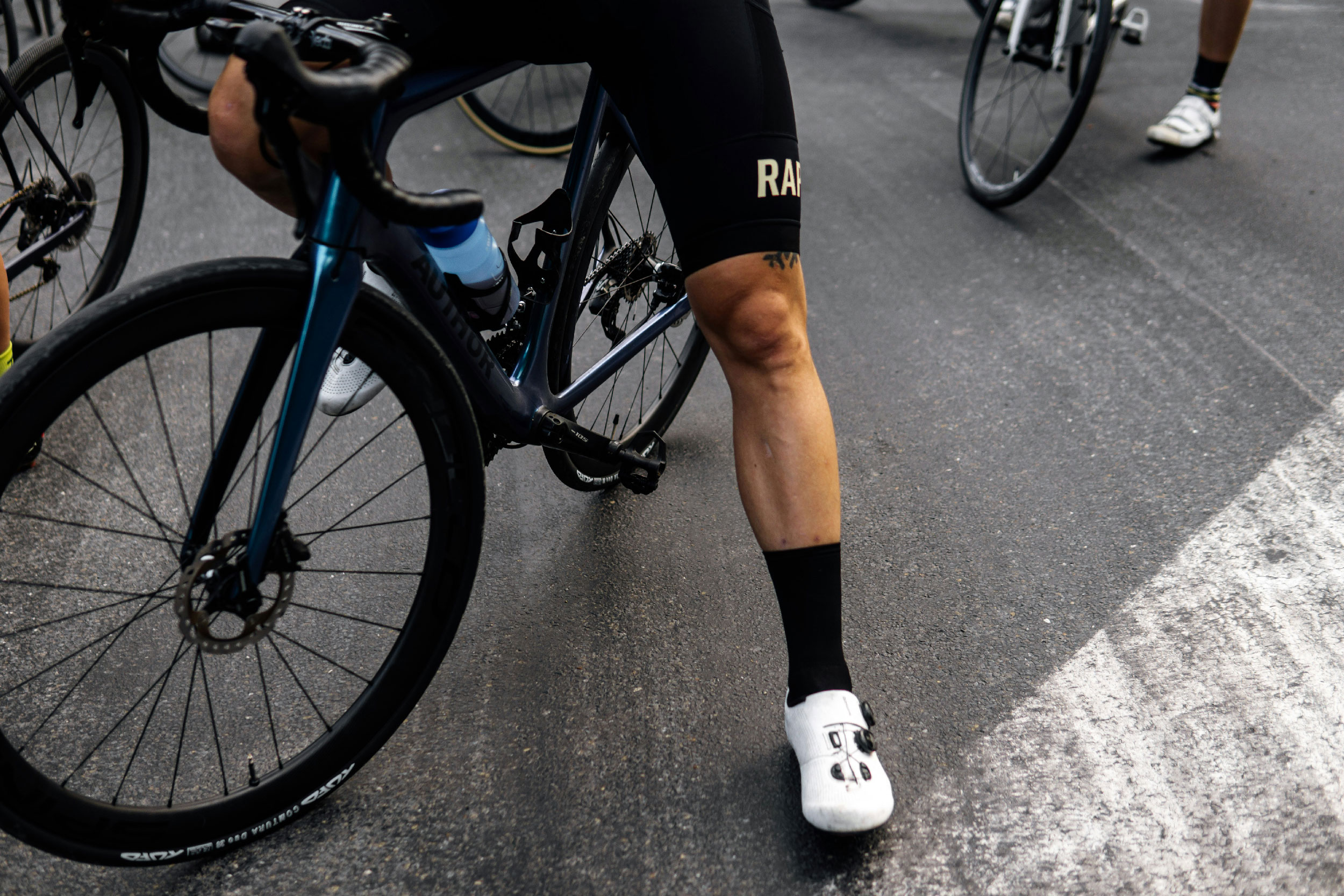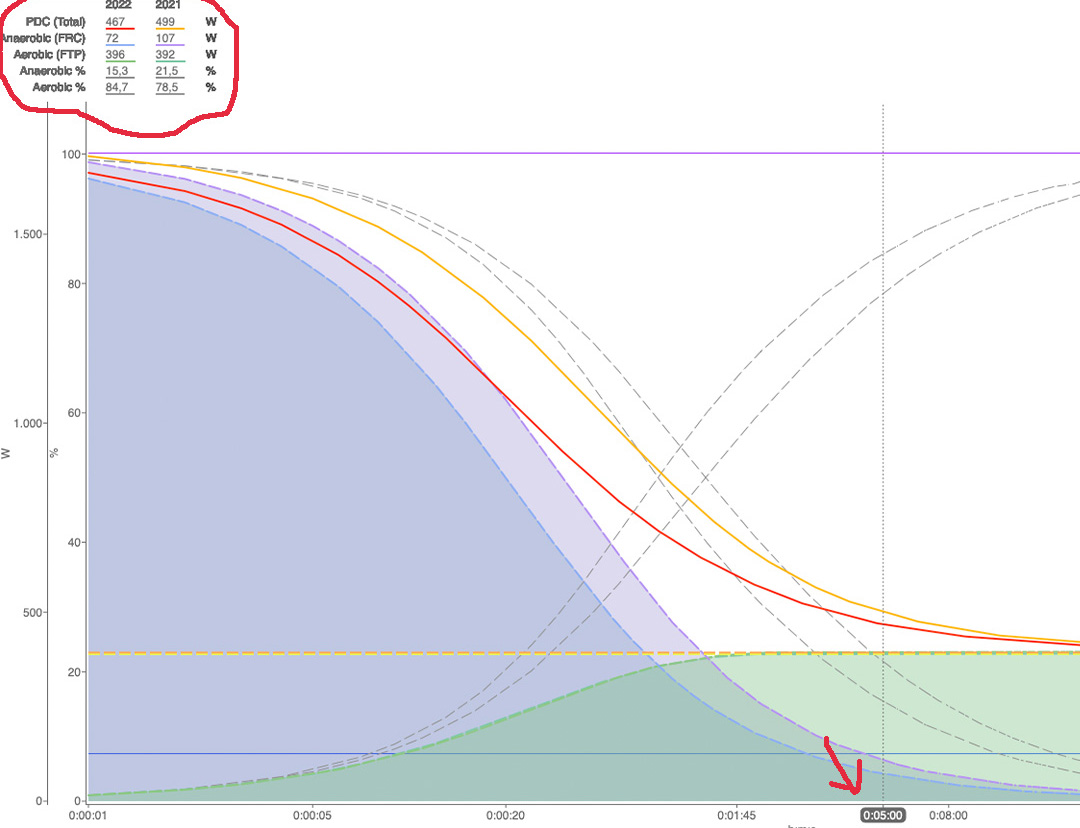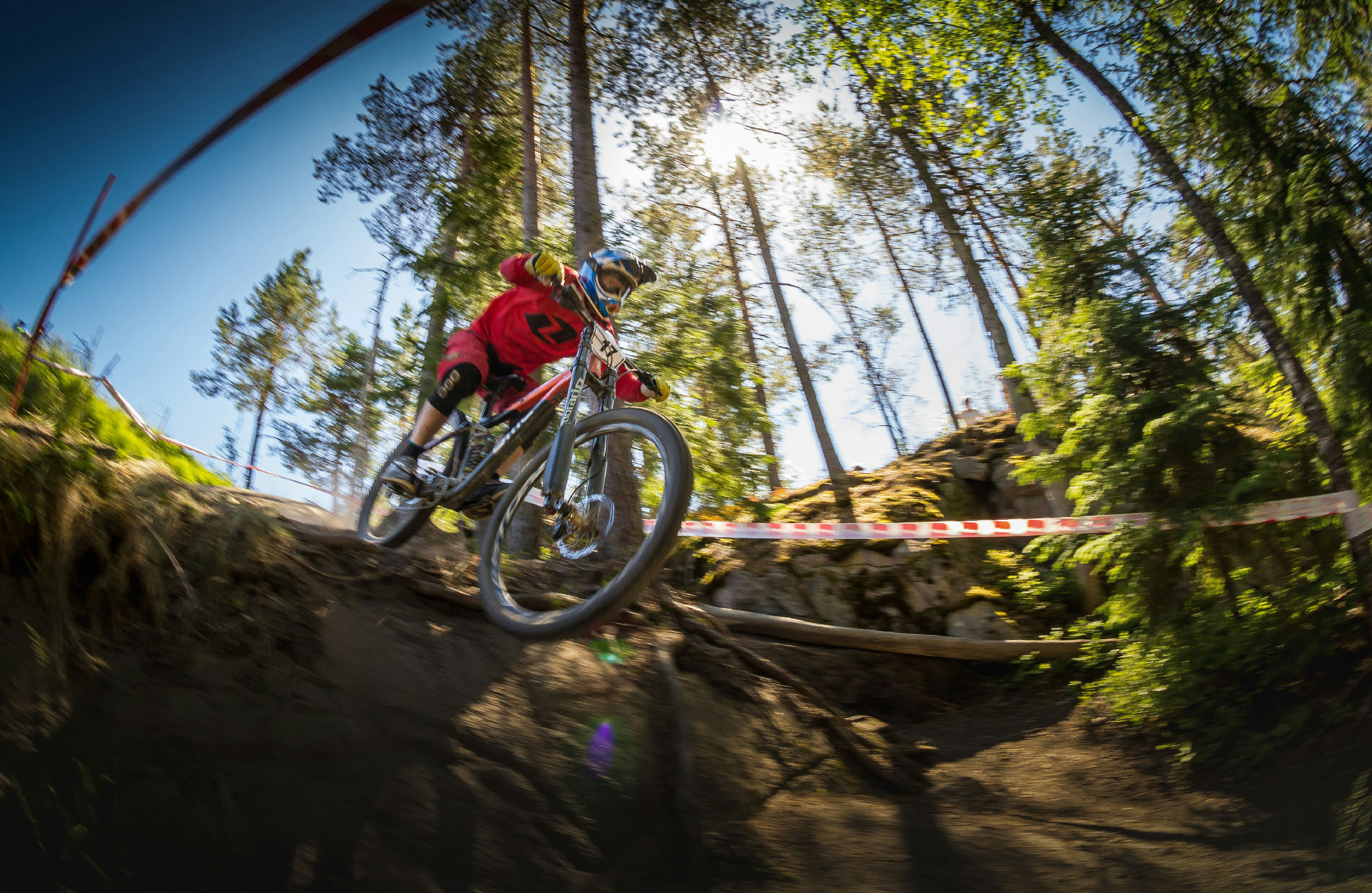
Muscle fibers: Typology and identification of them
We have sometimes talked about genetic abilities of athletes, more specifically cyclists. There are some that are easily measurable or with an effort -proof assessment such as VO2max, But there are others, How can each athlete have, that also is often genetically determined, that is more difficult to determine, But not so, to intuit.
We know that our muscles They are not simply formed by a homogeneous set of fibers With metabolic properties. Not long ago, Two different types of fibers have been identified and classified, responding to its metabolic and contractile properties.
Inside these fibers, We have two large groups:
Type I fibers: or also known as slow fibers. Its energy production is mainly by the aerobic system, which makes them very suitable for prolonged aerobic work (background tests on road or marathon in Mountain Bike).
Your contraction speed is slow, which makes the athlete with a high value of them, can show a sprint capacity or rhythm changes more than other runners with greater presence of other fibers. There are also multiple scientific studies that certify that a high % of type I fibers of an athlete often shows a high value of VO2max, Important conditioning as I already commented, In resistance sports. Being fibers of a high aerobic manifestation, These can condition the maximum oxygen consumption value of the athlete. His pigmentation is reddish, Characteristics due to high myoglobin content.
Type II fibers: Mainly they differ from the previous ones by a high glycolytic capacity (anaerobic route, little presence of oxygen). Its contractile and metabolic characteristics make them very important for sports that its development produces large rhythm changes such as some team sports, canoeing, rowing or some cycling specialties such as BMX, Track in some modalities or sprint ability of an athlete, can be determined by them.
You have to say, that type II fibers are subdivided into two subgroups:
- Iia that are considered intermediate between I and Type II, since they have a rapid contraction capacity together with an acceptable development of the aerobic pathway such as anaerobic to obtain energy.
- Iib great anaerobic potential, They are the authentic rapid and glucolithic fibers. They have a great contraction speed and a faster color in relation to type I, by lower myglobin values.
The distribution of these fibers varies greatly in each person, having a genetic determination but that can mold with training. Sedentary people have been studied, where the percentage of type I fibers is between the 45 y 55%. Instead, In athletics or ski athletes in the background, With the highest values of VO2MAX seen in history, They can have a 85-95% of type I fibers.
It is clear that for example, A cyclist who fights for the general of a great stages will have a greater presence of type I fibers than the corridor that disputes the sprints of that stages in stages, with greater glycolytic capacity than the first and surely also, With a greater number of type II fibers.
We have previously spoken that this type of fibers can be determined in each athlete, But the question we can all ask ourselves is, How do we detect it?
There are multiple methods, But there are several manifested depending on whether they are direct or indirect calculations.
DIRECT: Muscle biopsy. It is the clearest and determining way to calculate exactly the number of fibers that the athlete has, But it is an invasive method. It is done in research and in some high -level athlete. Discarded this option, What are the indirect methods to determine our fibers?
Indirect: They are calculations that are based on estimates through scientific works that have been able to correlate that the method works with a certain margin of error. In this case we can use two major methods:
- Depth test in vertical jump: with a contact platform, We can determine the time that the athlete is in the descent phase in knee flexion, When the time is the greatest, More predominance of slow fibers. On the contrary, The more superficial or fast this descent phase, Greater predominance of rapid fibers.
- Repetition tests 80% of 1 RM: High degree of objectivity. Before doing this test, We must do a good warming to avoid injuries. Once done, We must select the exercise on the muscular group that we want to evaluate, load 80% of our 1 RM and make as many repetitions as possible, Always with a correct execution. Depending on the number of the number of repetitions made, We can determine a high or low percentage of slow or fast fibers.
Finally add that fiber distribution is not the same throughout the body, For example, We can contain a high number of fast fibers in our quadriceps but have lower values of them in our biceps. Therefore, You have to be careful and not generalize in all muscle groups and people.
thermal stress
Training or competing in the heat can cause significant declines in the performance of any
Aerobic contribution / Anaerobic
We all know and know the origin of energy in our body, be aerobic route (with
We are in the competitive period, How should it be?
We are already in it, It's the moment we're all waiting for., time to show everything you have





